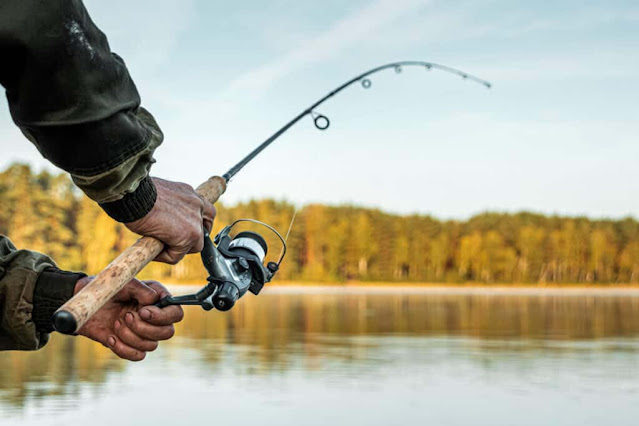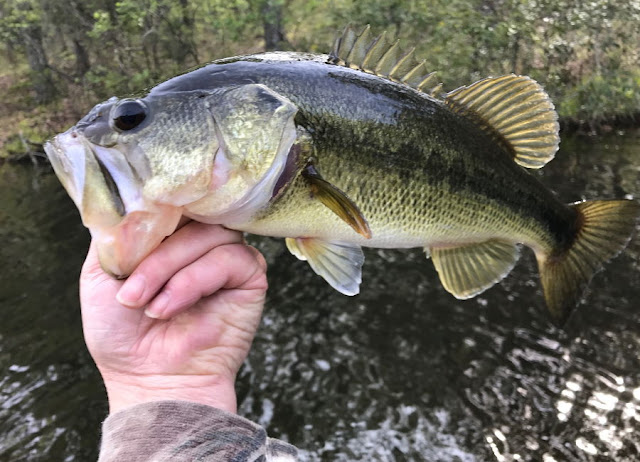Understand And Learn The Reel’s Mechanical Advantage
The worm gear is the heart of the power output in most reels. It's purpose is to transfer energy from the arbor (larger) section of the spindle onto the smaller diameter pinion (lower) section of the spindle. This is known as "mechanical advantage" or more commonly described with an analogy that you are lifting a weight with a lever. The distance the weight travels (the load) multiplied by the distance from the fulcrum to the weight (lever arm) equals the mechanical advantage.
A large diameter arbor provides more leverage or mechanical advantage than a small diameter arbor, which is why many fly reels have a large diameter arbor. The diameter of the worm gear (pinion) is an important factor in the amount of mechanical advantage. A large diameter pinion provides more mechanical advantage than a small diameter pinion. If you look at many reels you will observe that most have two sets of threads on each side of the reel foot (also called, drag knob). The larger diameter of the threads is on the drive side (arbor) and the smaller diameter is on the non-drive side (pinion). This is done to provide more mechanical advantage to the drive side.
A reel's mechanical advantage can be affected by several factors: arbor size, pinion size, number of gear teeth, and gear ratio. In general, the larger the arbor and the smaller the pinion, the higher the mechanical advantage. The more gear teeth on the gears, the lower the mechanical advantage (but usually a higher gear ratio). A high gear ratio provides more torque or turning power, while a low gear ratio provides more speed.
The relationship between gear teeth, arbor size, pinion size and overall mechanical advantage is shown in the table below. Note that the ratios are expressed as a fraction. For example, 2-to-1 means two drive to one non-drive which is the same as 0.5:1 or 1/2.
Table 1. Mechanical Advantage Chart
The number of gear teeth on the drive and pinion are directly related to the overall mechanical advantage. This is why one can determine how much mechanical advantage a particular spool or spools will provide by looking at the number of gear teeth. For example, The Ross F-1 fly reel has about 16-18 gear teeth on its pinion and 20-22 gear teeth on the drive. This means it provides a mechanical advantage of about 1.1:1. In other words, if you turn the spool 1 rotation, the pinion turns 1/1.1 = 0.91 or about .9 times as much or 9/10ths of a full turn. If you apply 1 pound of force on the pinion, it will take about .9 pounds to turn it.
The Ross F-1 has a larger than average arbor and smaller than average pinion so it provides more mechanical advantage than some other reels of equal size. For example, consider the popular Abel Super 6/7 fly reel. It has an arbor size of 5/16", a pinion size of 7/32" and about 15 gear teeth on the drive. This means it provides a mechanical advantage of 2:1 or two drives for every one turn of the pinion. In other words, if you turn the spool 1 rotation, the pinion turns 1/2 or half a rotation. If you apply 1 pound of force on the pinion, it will take 2 pounds to turn it.
The Abel Super 6/7 has smaller than average arbor and larger than average pinion so it provides less mechanical advantage than some other reels of equal size. For example, consider another popular reel, the Lamson Guru 3.5. It has an arbor size of 9/16", a pinion size of 1/4" and about 25 gear teeth on the drive. This means it provides a mechanical advantage of 1:1 or one drive for every one turn of the pinion. In other words, if you turn the spool 1 rotation, the pinion turns 1/1 or one full rotation. If you apply 1 pound of force on the pinion, it will take 1 pound to turn it.
More social:
https://www.pexels.com/@james-fishing-102943767
https://www.reverbnation.com/jamesfishing
https://app.gumroad.com/jamesfishing
https://independent.academia.edu/JamesFishing
https://profile.ameba.jp/ameba/jamesfishing
https://fishinghacking.webflow.io/
https://www.blogger.com/blog/posts/1542079965504064161
https://www.blogger.com/blog/posts/6444275202387597017
https://teehandy.wordpress.com/
https://teehandy.mystrikingly.com/




Nhận xét
Đăng nhận xét